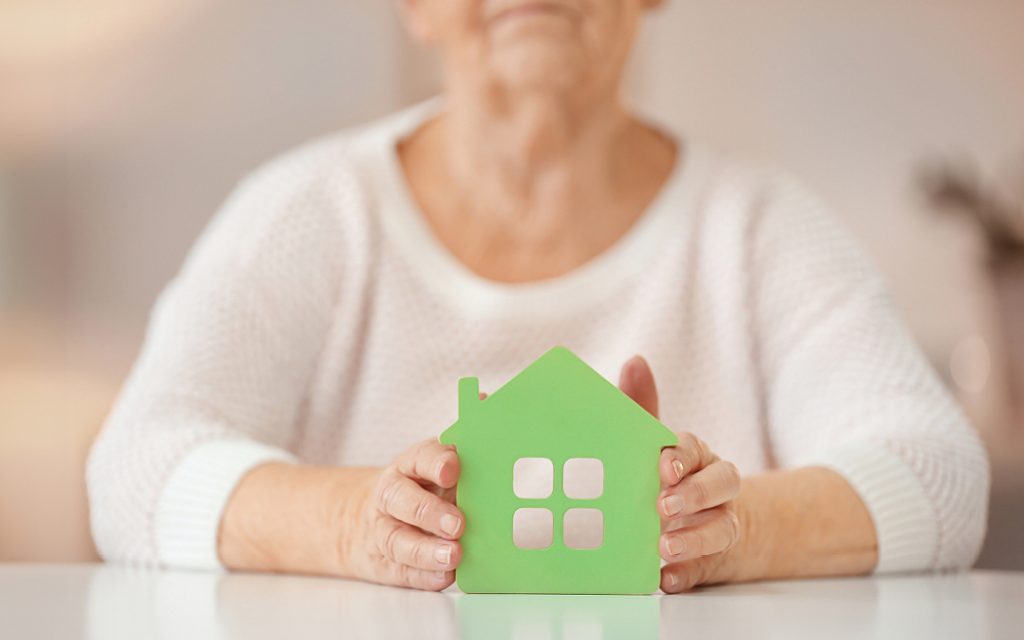To sell or not to sell is the question for moving into aged care

Moving into residential aged care can trigger a range of emotions, particularly if it involves the sale of the family home.
What is often a major financial asset, is also one that many people believe should be either kept in the family or its value preserved for future generations.
Whether or not the home has to be sold to pay for aged care depends on a number of factors, including who is living in it and what other financial resources or options are available to cover the potential cost of care.
It also makes a difference if the person moving into care receives Centrelink or Department of Veterans Affairs payments.
Cost of care
Centrelink determines the cost of aged care based on a person’s income and assets.i
For aged care cost purposes, the home is exempt from the cost of care calculation if a “protected person” is living in it when you move into care.
A protected person could be a spouse (including de facto); a dependent child or student; a close relative who has lived with the aged care resident for at least five years and who is entitled to Centrelink income support; or a residential carer who has lived with the aged care resident for at least two years and is eligible for Centrelink income support.ii
Capped home value
If the home is not exempt, the value of the home is capped at the current indexed rate of $201,231.iii
If you have assets above $201,231 – outside of the family home – then Centrelink would determine you pay the advertised Refundable Accommodation Deposit (RAD) or equivalent daily interest rate known as the Daily Accommodation Payment (DAP), or a combination of both.
The average RAD is about $450,000. Based on the current interest rate of 8.36% [note – this is the rate from July 1] the equivalent DAP would be $103.07 a day.
Depending on your total income and assets, you may also be required to pay a daily means tested care fee. This fee has an indexed annual cap of $33,309 and lifetime cap of $79,942.
This is in addition to the basic daily fee of $61.96 and potentially an additional or extra service fee.
There is no requirement to sell the home to pay these potentially substantial costs, but if it is a major asset that is going to be left empty, it may make sense.
Other options to cover the costs may include using income or assets such as superannuation, renting the home (although this pushes up the means tested care fee and can reduce the age pension) or asking family to cover the costs.
Centrelink rules
For someone receiving Centrelink or DVA benefits, there is an important two-year rule.
The home is exempt for pension purposes if occupied by a spouse, otherwise it is exempt for up to two years or until sold.
If you are the last person living in the house and you move into aged care and still have your home after two years, its full value will be counted towards the age pension calculation. It can mean the loss of the pension.
Importantly, money paid towards the RAD, including the proceeds from a house, is exempt for age pension purposes.
Refundable Deposit
As the name suggests, the RAD is fully refundable when a person leaves aged care. If a house is sold to pay a RAD, then the full amount will ultimately be paid to the estate and distributed according to the person’s Will.
The decisions around whether to sell a home to pay for aged care are financial and emotional.
It’s important to understand all the implications before you make a decision.
Please call us to explore your options.
i https://www.myagedcare.gov.au/understanding-aged-care-home-accommodation-costs
ii https://www.myagedcare.gov.au/income-and-means-assessments
iii https://www.myagedcare.gov.au/income-and-means-assessments

